So much to do in Tenerife!
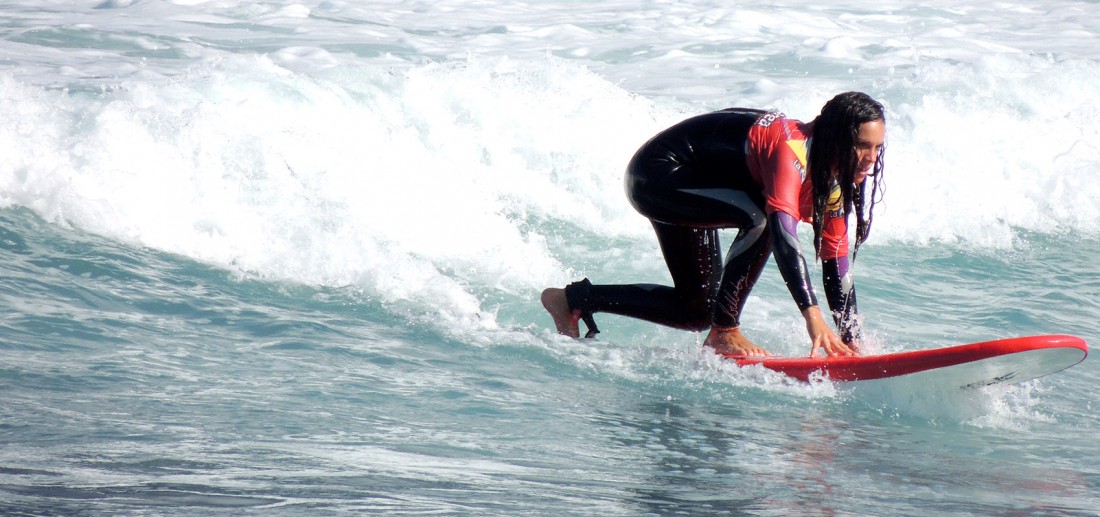
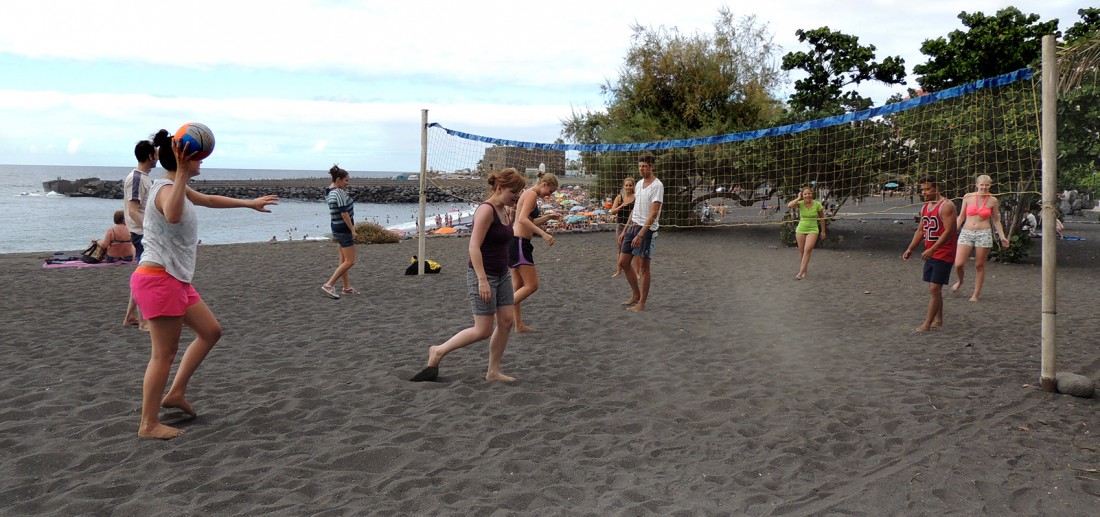
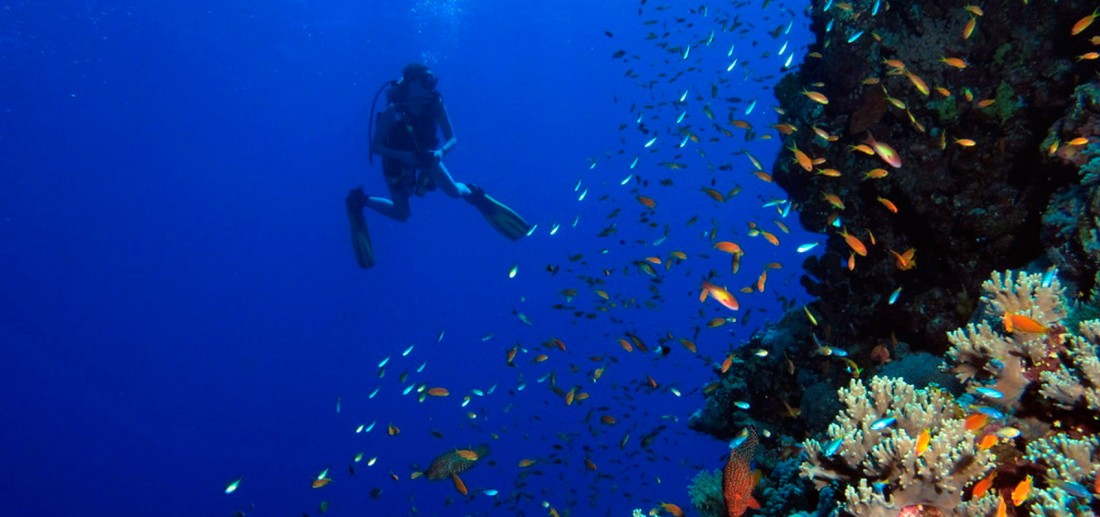
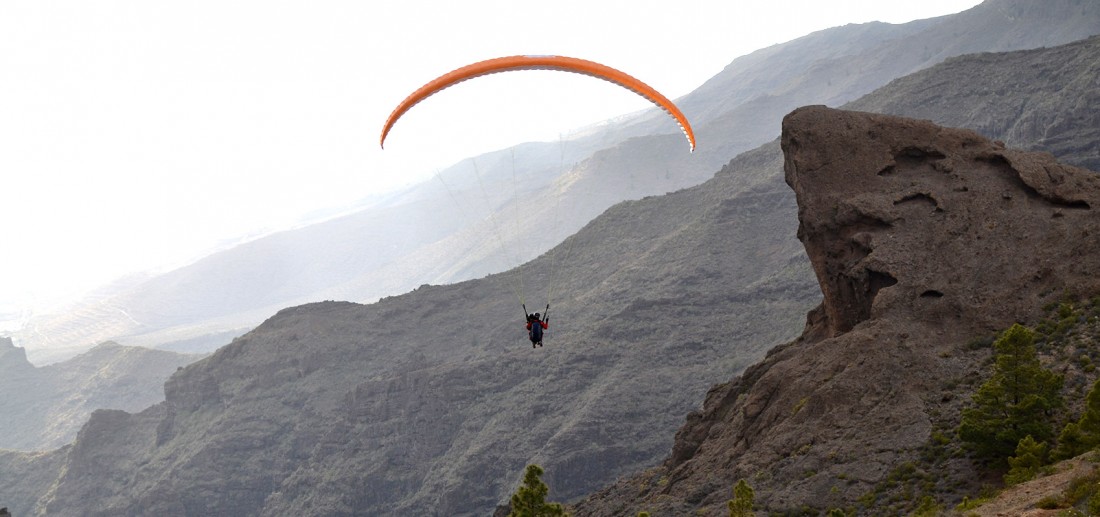
The island of Tenerife forms part of the Canary Islands, one of the most beautiful archipelagos in Europe. They lie in the Atlantic Ocean not far from the coast of Africa. The population is estimated at over two million, with the majority of people living in the two largest islands of Tenerife and Gran Canaria. The islands are very popular with tourists from all over the world who come for holidays or to overwinter, escaping the cold climates to the north.
Tenerife and the other Canary Islands enjoy the so-called “eternal spring” with mild temperatures that vary between 20 °C in winter and 25 °C in summer. Tenerife offers the perfect location to combine a beach holiday with a language or training course.
Thanks to the exceptionally diverse landscape and subtropical vegetation, there is so much to see and discover. 40% of the island is forested. The south is classified as a desert, and the Teide National Park is famous for its volcanic lunar landscape. There are fabulous beaches, dramatic cliffs and gorges, Tenerife has it all!
365 days of spring fever! Tenerife is a paradise for outdoor enthusiasts!
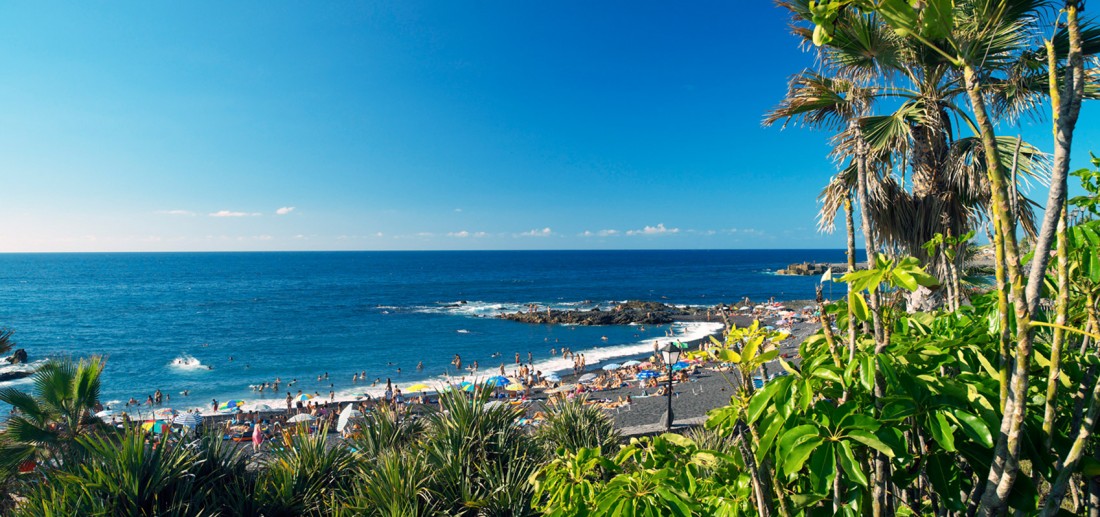
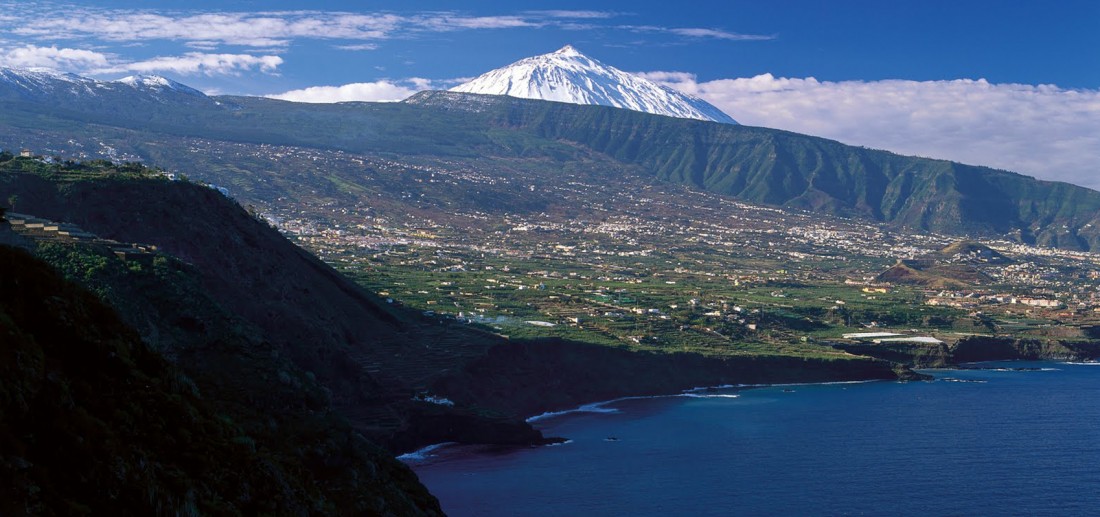
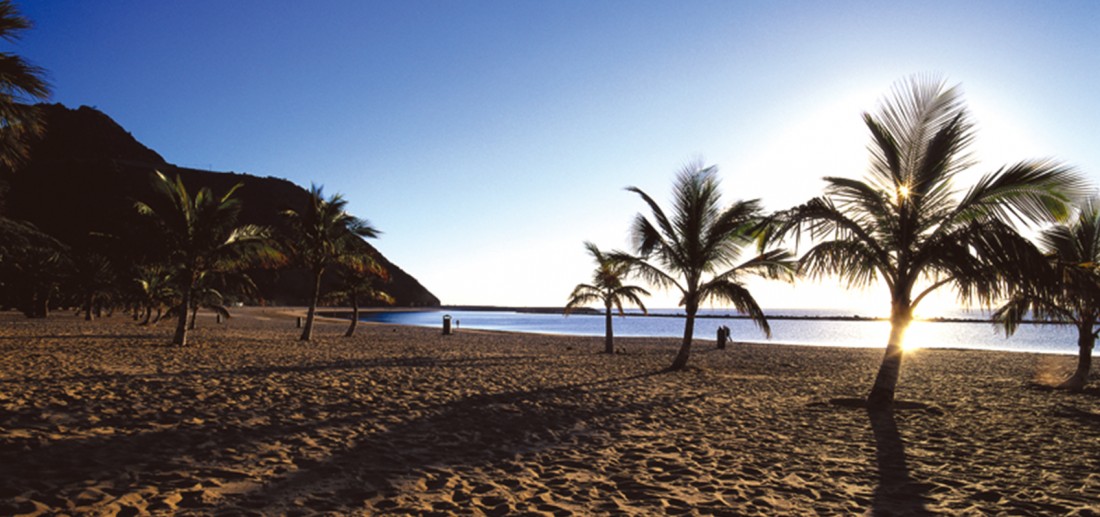
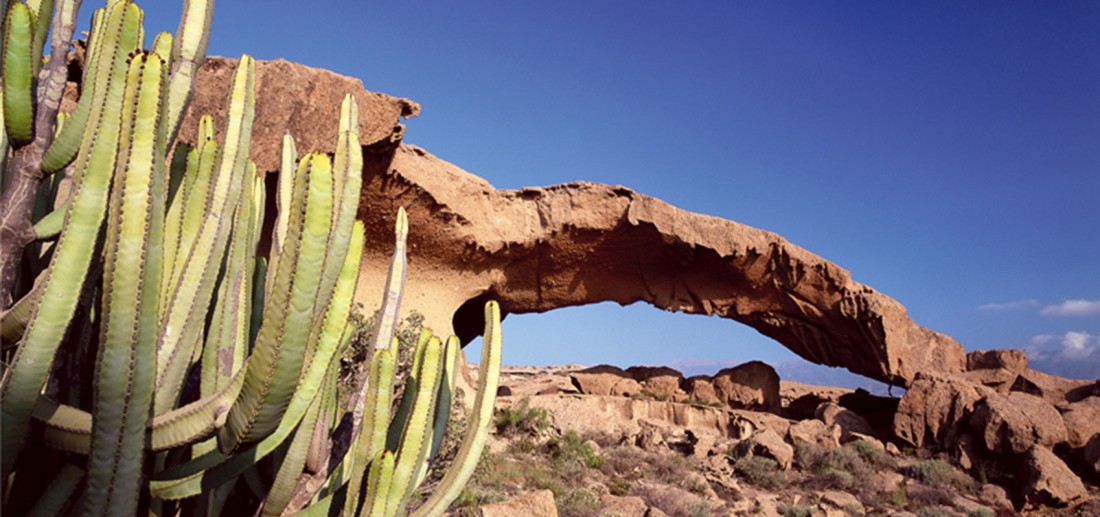
Do you fancy scaling towering cliffs or surfing in the wild, blue Atlantic? Or do you prefer mountain biking, horse riding, or paragliding? All this, and much more – there’s so much to experience and it’s right on your doorstep!
The mild all-year-round climate in Tenerife creates the perfect conditions for all outdoor and water sports. We not only reveal the best insider information, but we provide – along with our partner school the “FU International Academy” – a lot of sports and leisure activities. Time for the pure enjoyment of life! Here’s a taste of what’s waiting for you…
Not only Carnival – Fiestas and Nightlife
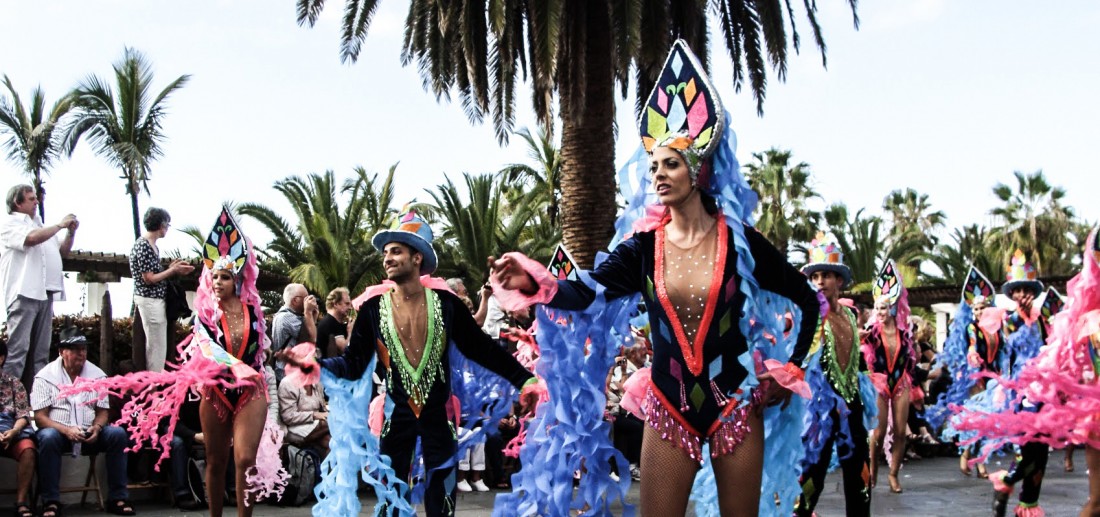

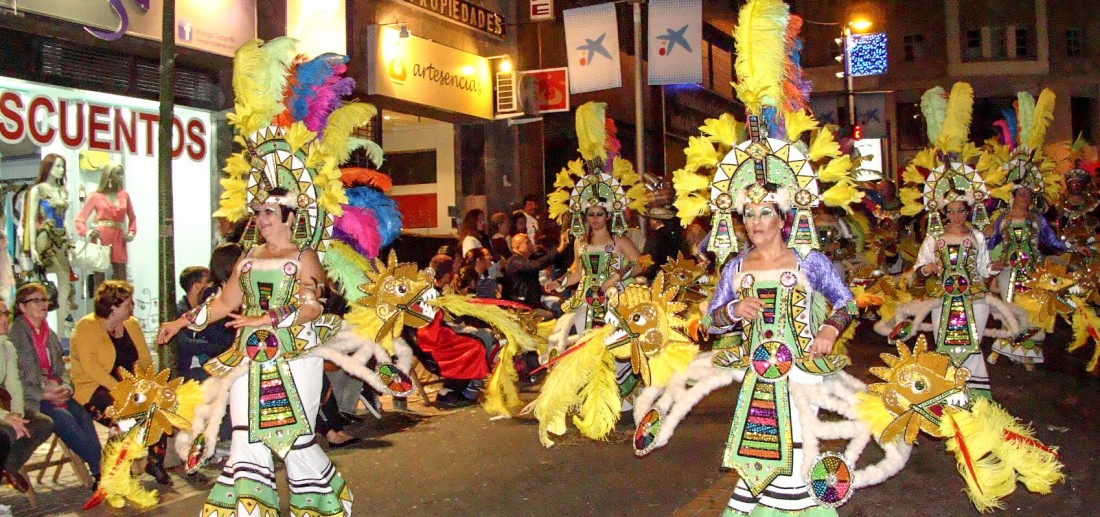

In the Canary Islands, you will find a unique combination of Spanish culture, Canarian customs, and a strong South American influence too. Top of the bill has to be the Carnival in February, which is internationally renowned as the second largest after Rio de Janeiro. You have to go in fancy dress and things don’t really get started till 2 a.m., after which it’s party, party, and dancing the night away till noon the next day.
After that, it’s the summer festival season starting in May and continuing on through to September. The island is famous for its Romerias or pilgrimages e.g. the San Isidro festival, with its flower and sand carpets being one of the most beautiful. It’s held in La Orotava, and another famous one is that of San Benito in La Laguna. The “Bailes de Magos” are dances where everyone is dressed in colourful national costumes. There are concerts, theatre productions, sporting events, fairs, trade fairs, and exhibitions. Check out the current culture calendar. Active folklore groups can be found almost everywhere on Tenerife; they keep the traditional dances and music alive and of course are an essential part of any “Fiesta”.
It’s not only the traditions that are important here, as the summer brings music festivals to suit all tastes: hip hop, house, rock, pop, reggae, jazz etc. Even classical music fans won’t miss out in Tenerife. In the Auditorium in Santa Cruz, you will be able to listen to the much acclaimed “Orquesta Sinfónica de Tenerife”; also opera, choral concerts, musicals, and the ballet, as well as more modern productions.
There is a strong tradition of theatre too, and even a three-day theatre street arts festival, which is organized annually in Puerto de la Cruz (Mueca). Many events are free and there are also numerous film events, art, sculpture, and photography exhibitions.
Gastronomic delights and the legendary “Guachinches”
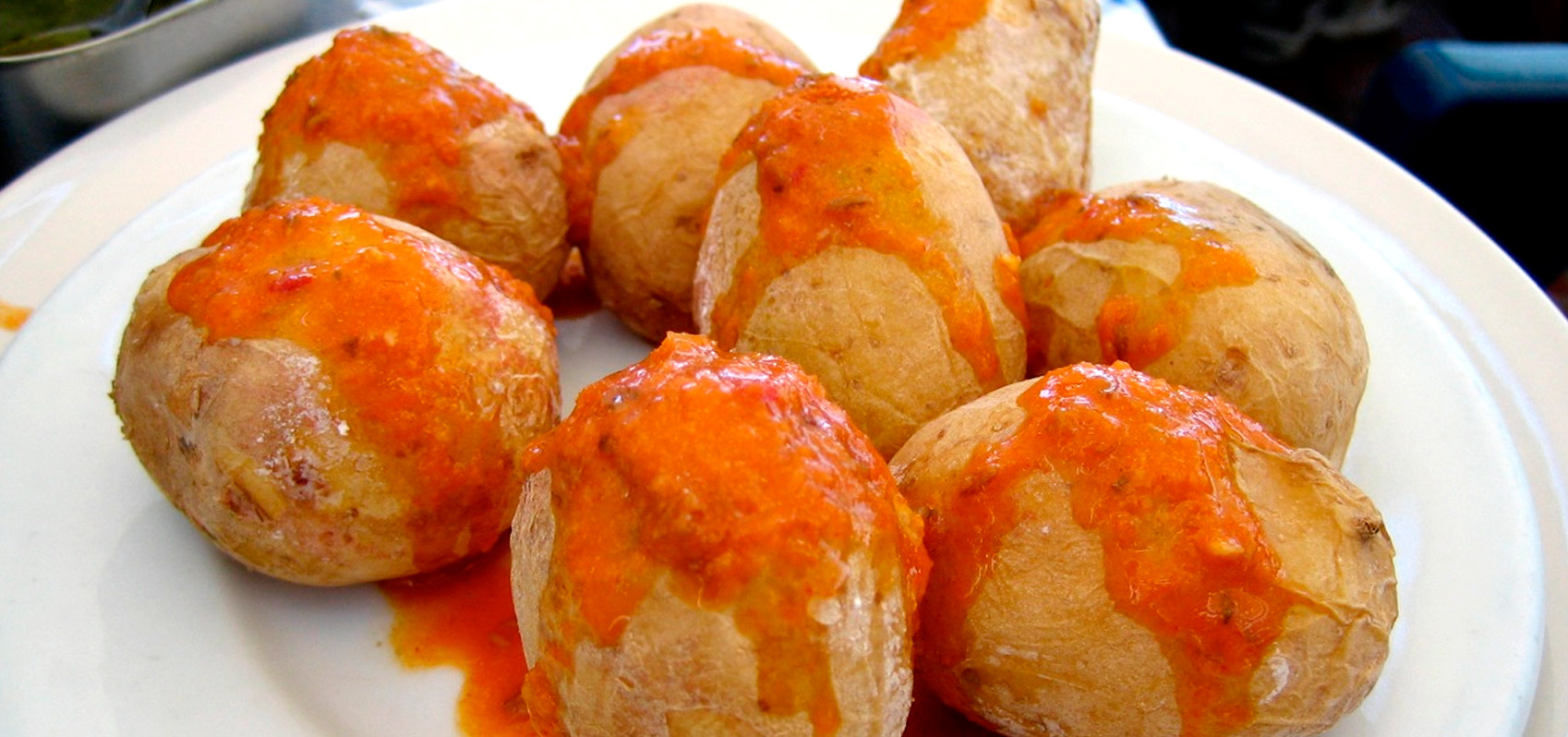
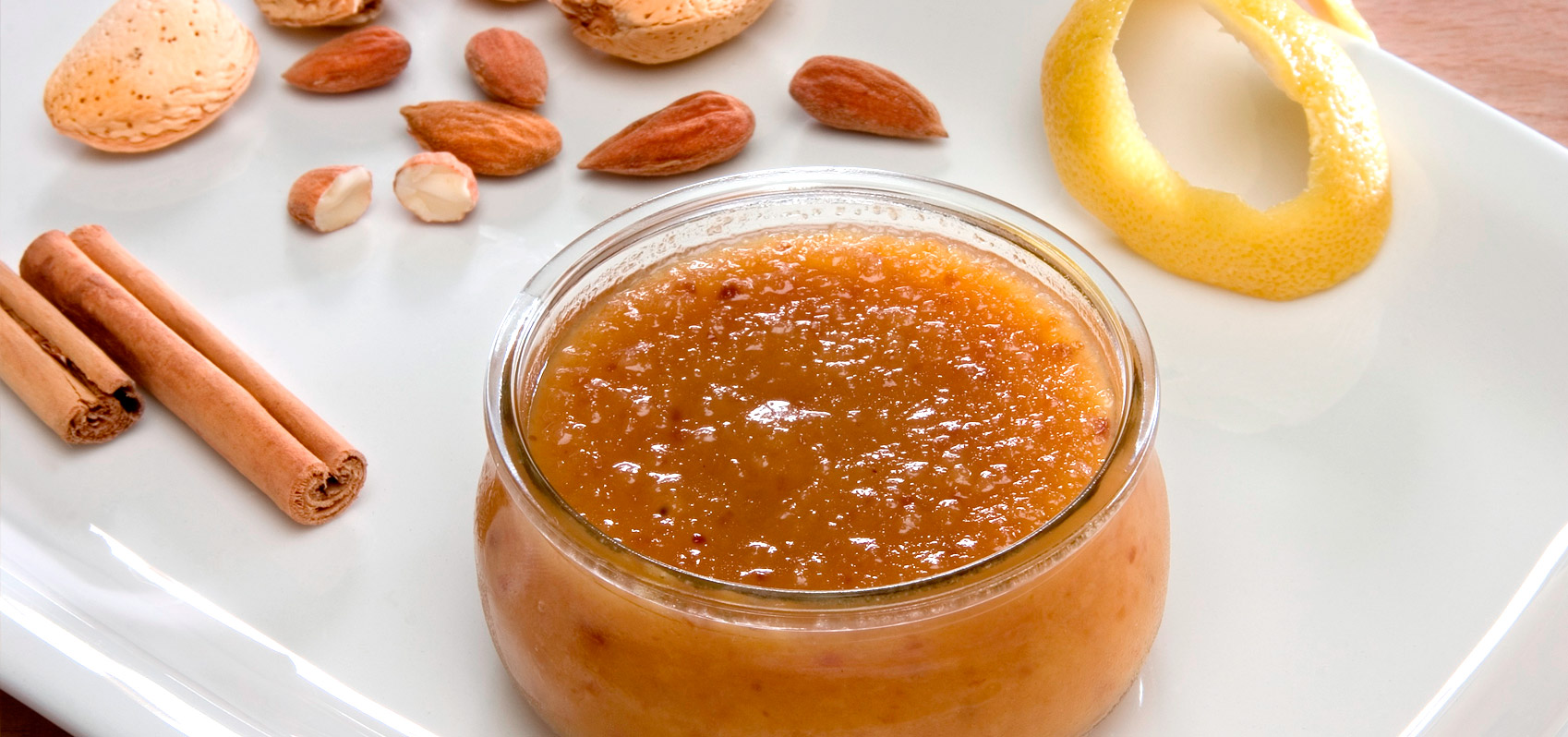
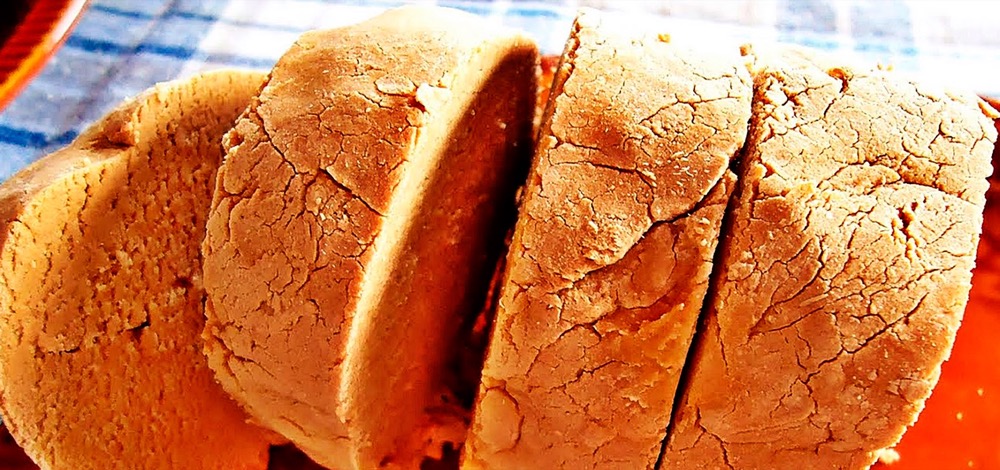

The Canarian cuisine is simple but there are many mouth-watering local specialities. The spicy mojo sauce (a sauce made with oil, garlic, vinegar, herbs and spices, salt and pepper) is served with the delicious, small, salty potatoes. All kinds of meat cooked over a wood fire are popular, as is the goat’s cheese which comes in a wide variety of regional flavours. Fish and seafood is plentiful and the more traditional Spanish Tapas style meals are served in many restaurants.
Besides the good food, the hospitality of the local people is exceptional. You will be warmly welcomed; service is generally good and prices are reasonable. Local rural restaurants called “guachinches” are a special feature of the island; they are sometimes hidden away in the hills and they offer locally grown produce and wine for prices that the rest of Europe can only dream of having.

